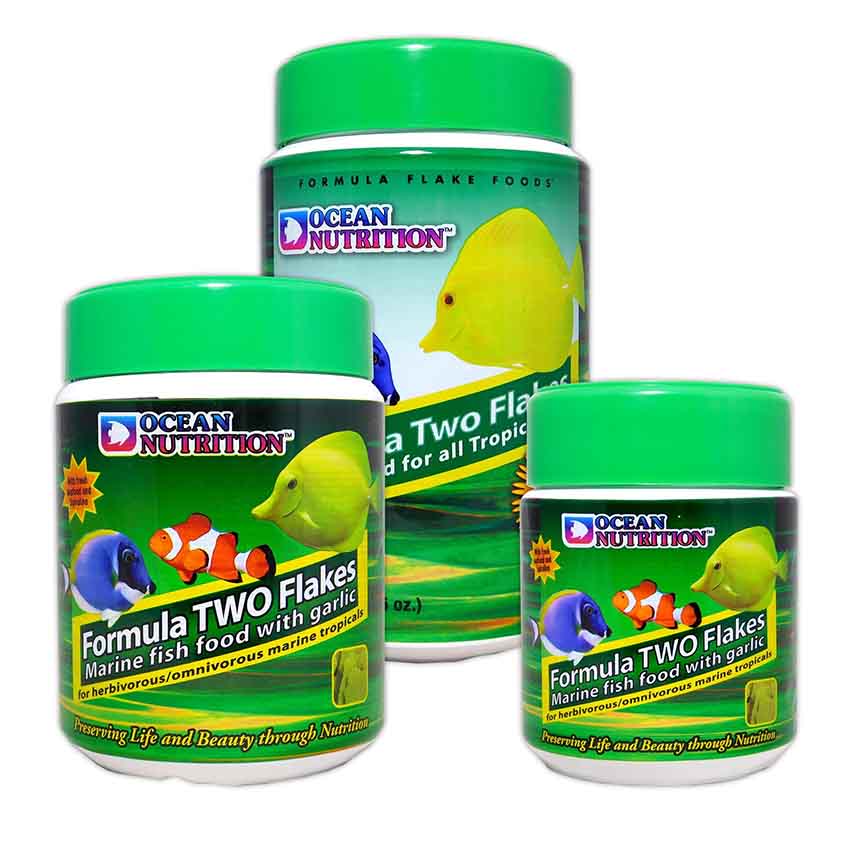

If you want your fish fed four times per day, then an automatic feeder with once or twice daily settings isn’t going to meet your needs. How Often You’re Feeding: How many fish you’re feeding isn’t the only considering when it comes to how much food you need your feeder to hold.A good way to determine how much food you’ll need your automatic feeder to hold is to keep a log of how many times per day you’re feeding your fish and how much each time. How Many Fish You’re Feeding: A tank with six large goldfish is going to require much more food than a tank with a dozen neon tetras.Some feeders are better for daily or short-term use, making them better choices for weekend trips or even routine feedings to take a task off your plate. How Long You’ll Be Away: Some automatic feeders will be able to feed your fish for weeks if needed! If you’re planning a long trip, then you’ll want to make sure you’re choosing a feeder that will hold enough food and battery power to feed the entire length of time you’re gone.The product measures 4.65 inches by 5.47 inches by 1.54 inches. This airflow helps keep the food from becoming stale and prevents clogs. This feeder also has the option to run airline tubing into it connected to an air pump, which is not included.

It can be mounted on an aquarium hood or on the glass edge of a tank. It uses a simple timer dial for setting the feedings and has a battery indicator that lets you know when the battery is running low. The manufacturer recommends the use of pellets or tablets in high-humidity environments as opposed to flakes. This automatic feeder is made for use with all types of dry fish foods and different foods can be put into each meal slot, allowing for foods for different types of fish to be fed within the same day. It uses one AA battery and can use the same battery for up to a year with daily use. This battery-powered product can feed up to 14 meals and the timer can be set for up to four feedings per day. The Fish Mate F14 Aquarium Fish Feeder is a cost-effective, simple automatic feeder. However, this isn’t an ideal setup if there are other pets in the home that may knock the feeder over.

It is not made for use with lidded tanks but can be set on top of a lid, allowing the food to drop through an opening. This feeder includes a mounting bracket to attach it to a tank without a lid. It measures 5.5 inches by 2.5 inches by 2.5 inches and the sturdy plastic housing means it can be safely used for freshwater or saltwater. It features a digital display and a warning system that gives you plenty of heads-up before batteries die. The Eheim Everyday automatic feeder holds up to 100ml of food, enough to feed multiple fish for up to 6 weeks, even with heavy feeding multiple times per day. This automatic feeder is designed with flakes in mind, but just about any type of dry fish food can be used in it. It’s customizable with three programmable feeding times with adjustable feeding amounts. The common pre-portioned cubes should first be dissolved, then strained before added to the aquarium.The best overall automatic fish food feeder for aquariums is the Eheim Everyday Fish Feeder. Veggies and spirulina are also available in freezer packs. They’re usually available in special or variety packs. Starting from frozen shrimp, bloodworms, plankton, prawn, krill, beef heart, mussels, etc. The freezer section of the pet store holds a wide variety of frozen treats. These are species-specific, off-the-shelf, ready-to-serve choices covering the basic nutritional requirements. Dry Foodsĭry foods come as flakes, granules, pellets, sinking, floating, and anything in-between. Little to no appetite indicates water problems (environment) or unhealthy fish (disease).

Above all, think moderation and variety.Īlways observe the fish during feeding. Alternate food options should be weekly regulars ensuring a proper diet. Offering a variety of floating and sinking pellets should be a staple in any community tank. Special consideration is needed for nocturnal fish, day dwellers, top feeders, bottom feeders, etc. Proper dietary selection also is determined on the eating times and habits of fish. To maintain healthy fish, it is essential to choose the right aquarium fish food. For example, juveniles require more protein and the carnivore is not properly cared for when mostly feeding greens. The nutritional requirements of aquarium fish vary greatly depending on species, as well as age.


 0 kommentar(er)
0 kommentar(er)
